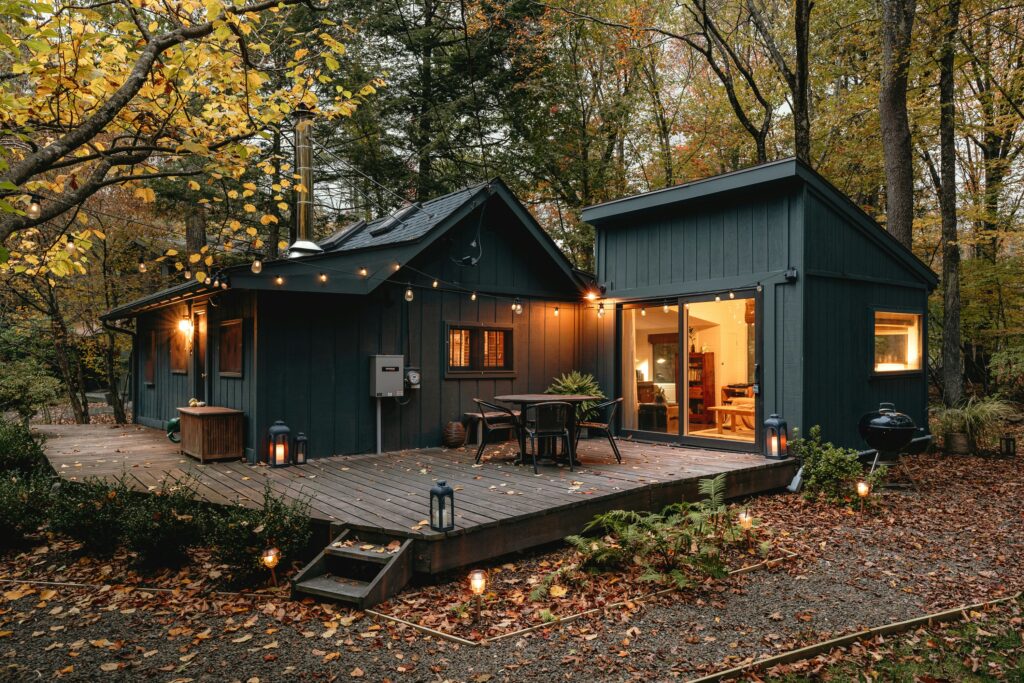Buying Your First Rental Property: Where to Start
Getting into real estate investing can feel overwhelming at first, but with the right guidance and mindset, it can be one of the most rewarding financial decisions you ever make.
Whether you’re a homeowner looking to expand your portfolio or a renter ready to dive into ownership, understanding the basics of rental property investing is your first step toward long-term wealth.
This beginner-friendly guide walks you through everything you need to know to get started.
Why Real Estate Investing Is Still a Smart Move
Even in today’s fast-changing economy, real estate investing remains one of the most reliable paths to building passive income and long-term wealth.
Unlike stocks or crypto, real estate gives you a tangible asset, tax advantages, and a steady stream of rental income when done right.
The benefits of investing in rental property include:
- Monthly cash flow: Steady rental income can supplement or even replace your paycheck.
- Appreciation: Properties tend to increase in value over time, especially in high-demand areas.
- Tax deductions: Mortgage interest, property taxes, depreciation, and maintenance are often deductible.
- Leverage: You can use other people’s money (like a mortgage) to grow your asset base.
Starting small is perfectly fine—many successful investors began with a single-family home or duplex before expanding.

Step 1: Get Clear on Your Investment Goals
Before you start browsing listings, it’s crucial to know what you want out of your investment. There’s no one-size-fits-all approach to real estate investing, so defining your strategy early will help guide all your decisions moving forward.
Questions to ask yourself:
- Do I want short-term or long-term income?
- Am I planning to manage the property myself or hire help?
- Is this a stepping stone to future investments or a side hustle?
- What’s my risk tolerance and available capital?
Once you clarify your goals, you’ll have a better idea of what kind of property and financing method to pursue.
Step 2: Understand Your Financing Options
Financing is one of the most critical parts of buying a rental property.
Unlike a primary residence, investment properties often require higher down payments and have stricter lending requirements.
Common financing options for first-time investors:
- Conventional loans: Require 15–25% down and good credit, but offer competitive rates.
- FHA loans (for house hacking): Live in one unit of a multi-family property while renting out the others.
- Hard money loans: Short-term loans often used for fix-and-flip strategies, not ideal for beginners.
- Private money: Borrow from friends, family, or other investors—best used with legal agreements in place.
Make sure to get pre-approved so you know your budget before searching for properties.
Step 3: Choose the Right Location
Location can make or break your investment. A good area means consistent rental demand, lower vacancy rates, and stronger appreciation. Focus on neighborhoods where real estate investing is active and growing.
Look for areas with:
- Low crime rates
- Good schools and walkability
- Access to public transportation and jobs
- High rental demand and population growth
Don’t limit yourself to your immediate area—sometimes the best opportunities are in nearby towns or up-and-coming cities.

Step 4: Run the Numbers (Don’t Skip This!)
Buying a rental property isn’t about emotion. It’s about math!
Before making an offer, run a full financial analysis to ensure the property will be profitable. This is where smart real estate investing separates itself from guesswork.
Key metrics to evaluate:
- Cash flow: Monthly rental income minus expenses (mortgage, taxes, insurance, maintenance, etc.).
- Cap rate: Net operating income ÷ purchase price. Aim for 5–8% or higher depending on your market.
- Cash-on-cash return: Annual return based on your actual cash invested. Great for comparing deals.
- Vacancy rate: Factor in at least 5–10% for potential vacant months.
Use rental property calculators or work with a real estate agent who specializes in investment properties to help with this step.
Step 5: Assemble Your Support Team
Successful real estate investing rarely happens on your own. Even for a single property, having the right people in your corner can save you time, money, and major headaches.
Your rental property dream team might include:
- Real estate agent: Preferably one with experience in investment properties.
- Lender or mortgage broker: To guide you through financing options.
- Home inspector: To uncover potential red flags before you buy.
- Property manager: If you don’t want to handle tenant issues and maintenance.
- CPA or tax advisor: To help with deductions, depreciation, and compliance.
Even if you plan to self-manage, knowing who to call when things go sideways is part of being a smart investor.

Bonus Tips for First-Time Real Estate Investors
Here are a few more practical tips to help set yourself up for success:
- Start with one property to learn the ropes.
- Consider “house hacking” to ease into investing with lower risk.
- Set aside a maintenance and vacancy fund; aim for 10 to 15% of rent each month.
- Screen tenants thoroughly to avoid costly mistakes.
- Stay patient. Profit builds over time, not overnight.
Remember, every experienced investor started somewhere.
Your first property doesn’t have to be perfect. It just has to be profitable.
Take the First Step Toward Financial Freedom!
Diving into real estate investing for the first time might feel intimidating, but the path becomes clearer with education, planning, and the right support system.
By understanding your goals, securing financing, choosing a smart location, and running the numbers, you’ll be well on your way to building a profitable portfolio—one property at a time.
Ready to get started? Take the first step today by talking to a real estate agent or lender who understands investment properties. Your future self will thank you.



